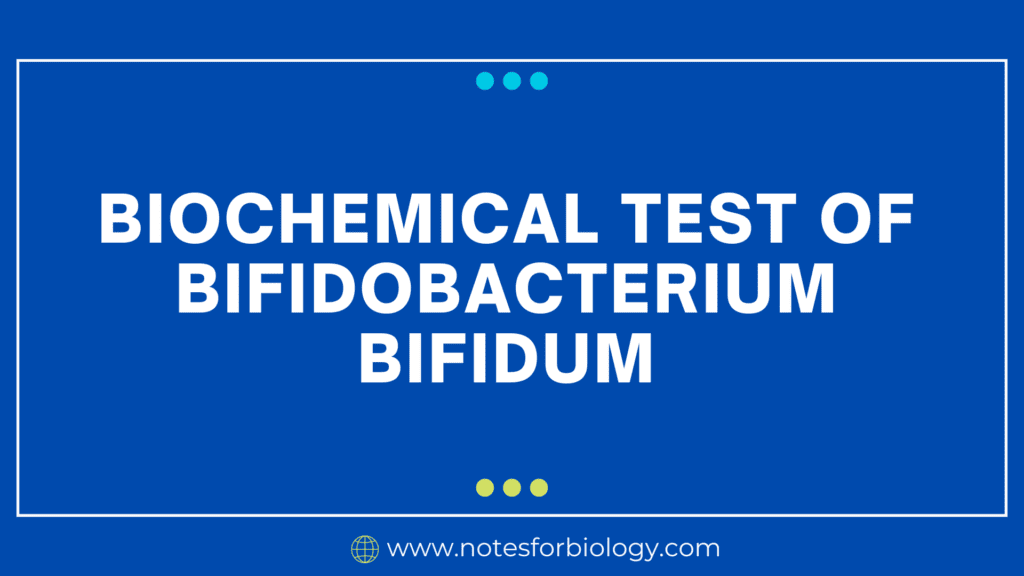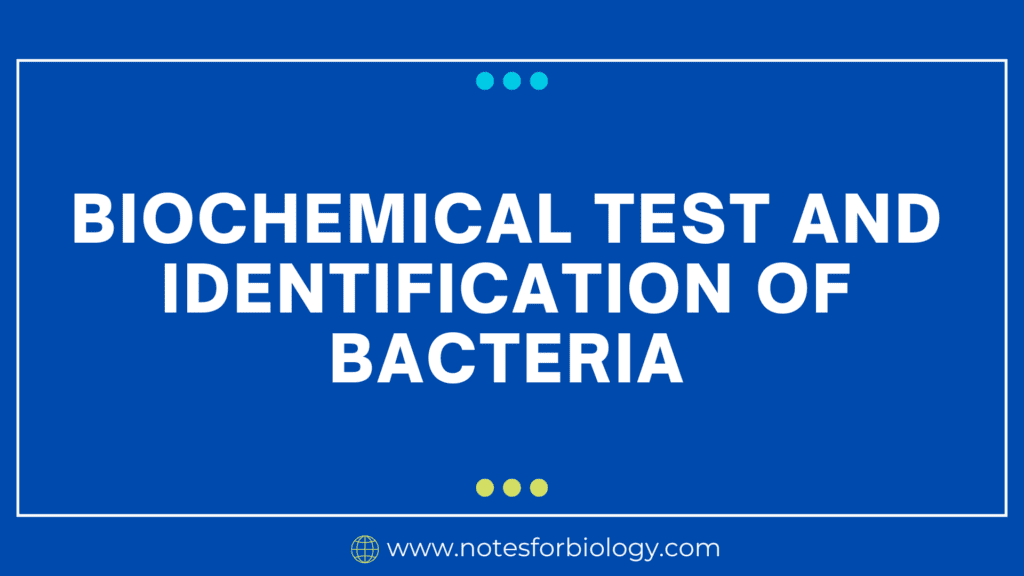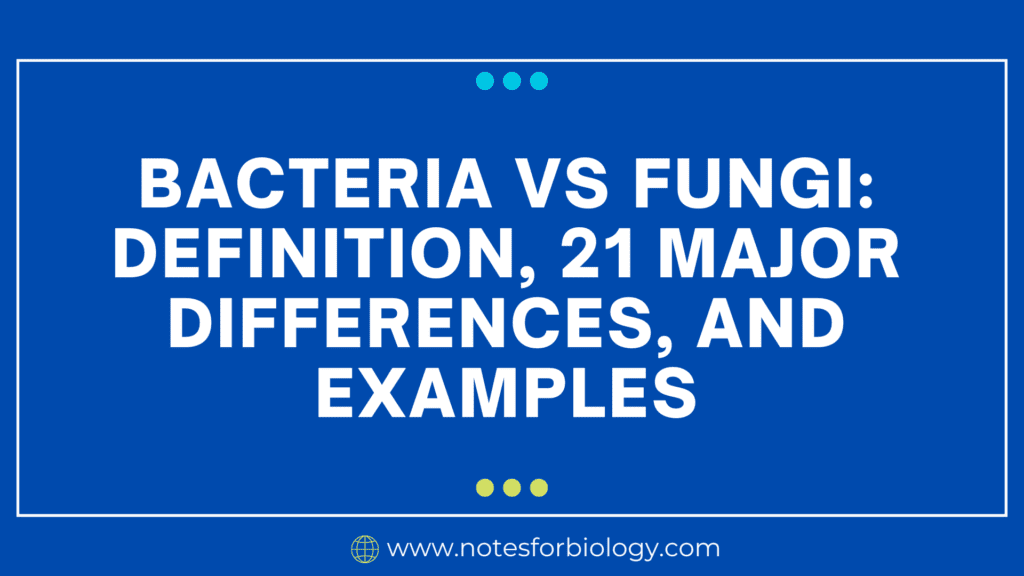Biochemical Test of Bifidobacterium bifidum
Biochemical Test a widespread Gram-positive, non-motile, anaerobic bacteria in both human and animal digestive tracts is Bifidobacterium bifidum. Many biochemical assays are used to identify Bifidobacterium bifidum, some of which are specific to its special metabolic properties. bifidum, a series of biochemical tests are employed. These tests include Gram staining, which confirms its gram-positive nature, […]










